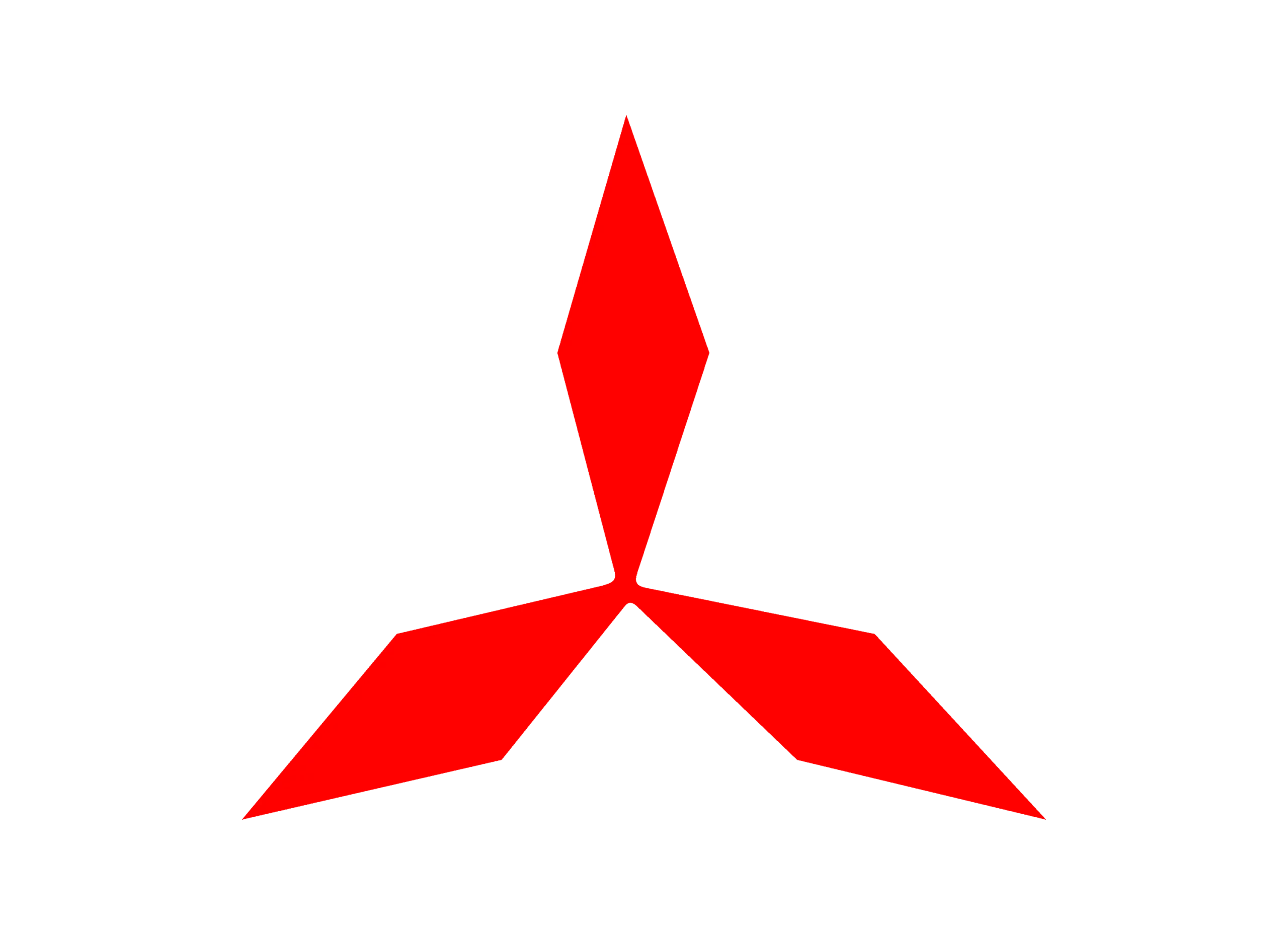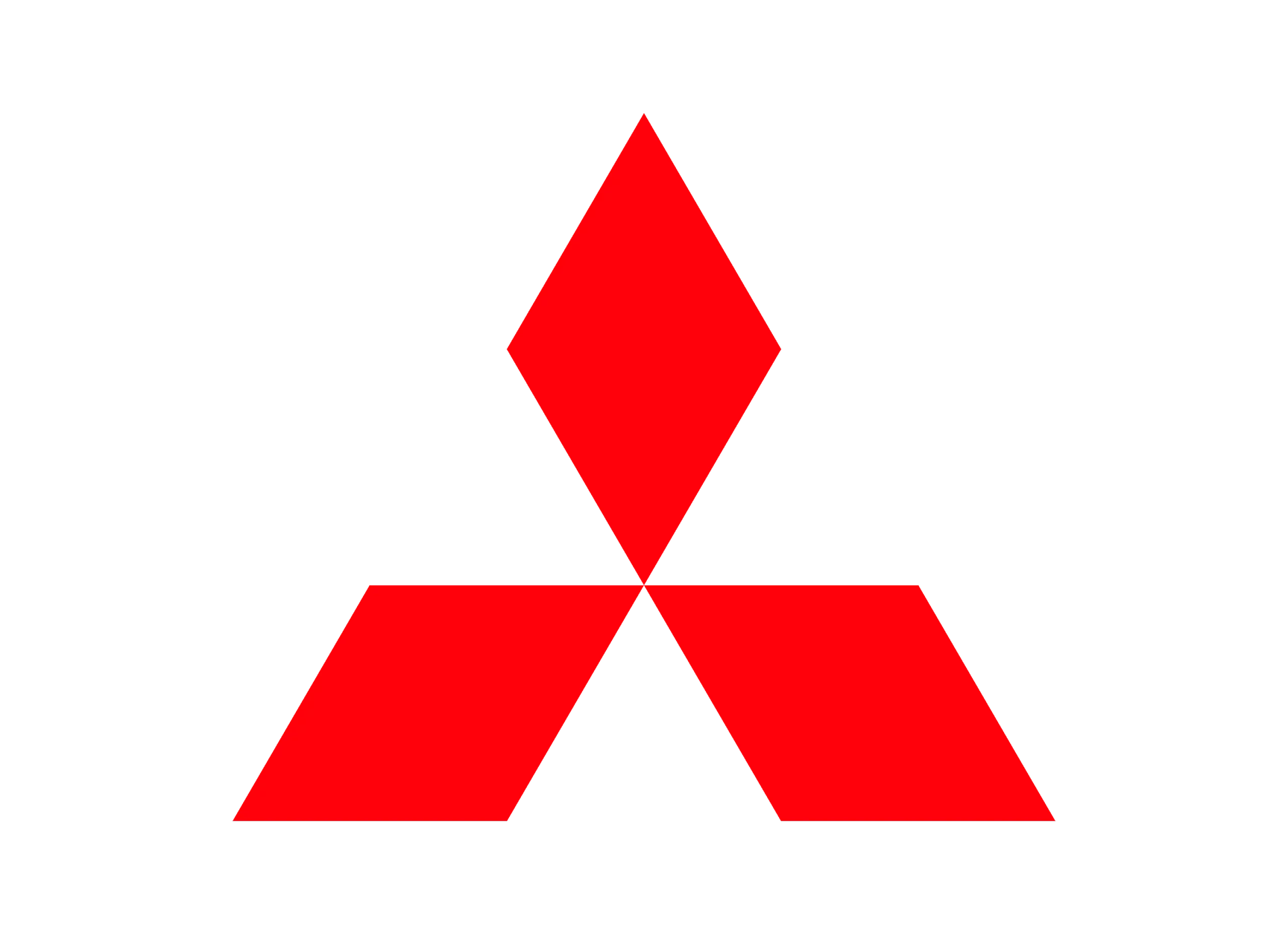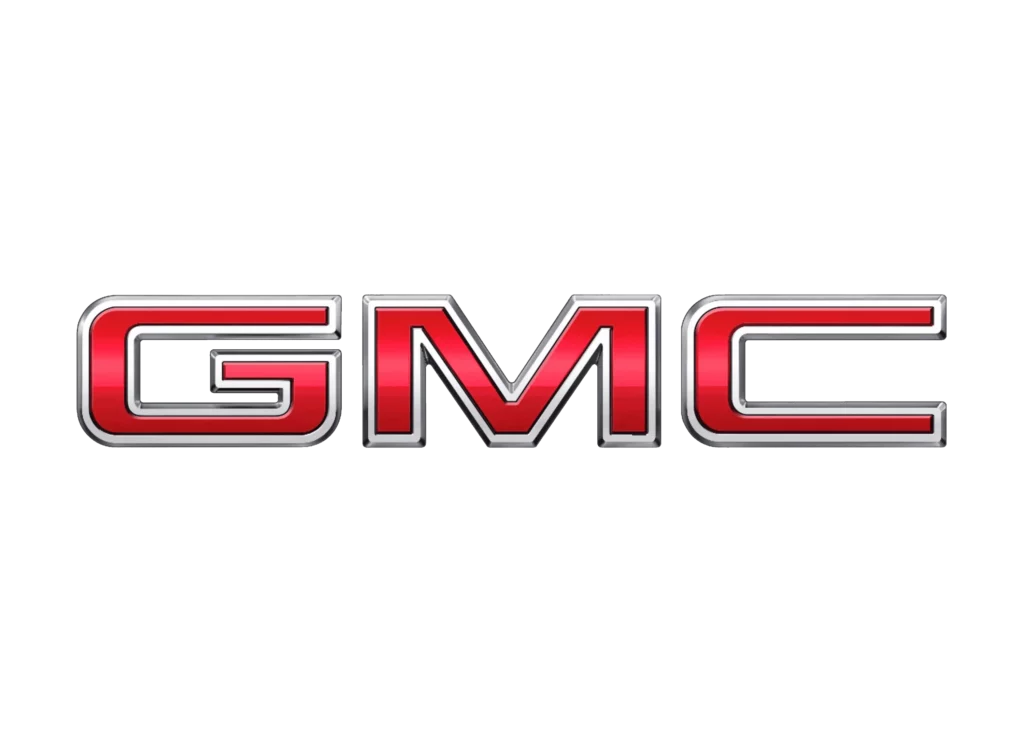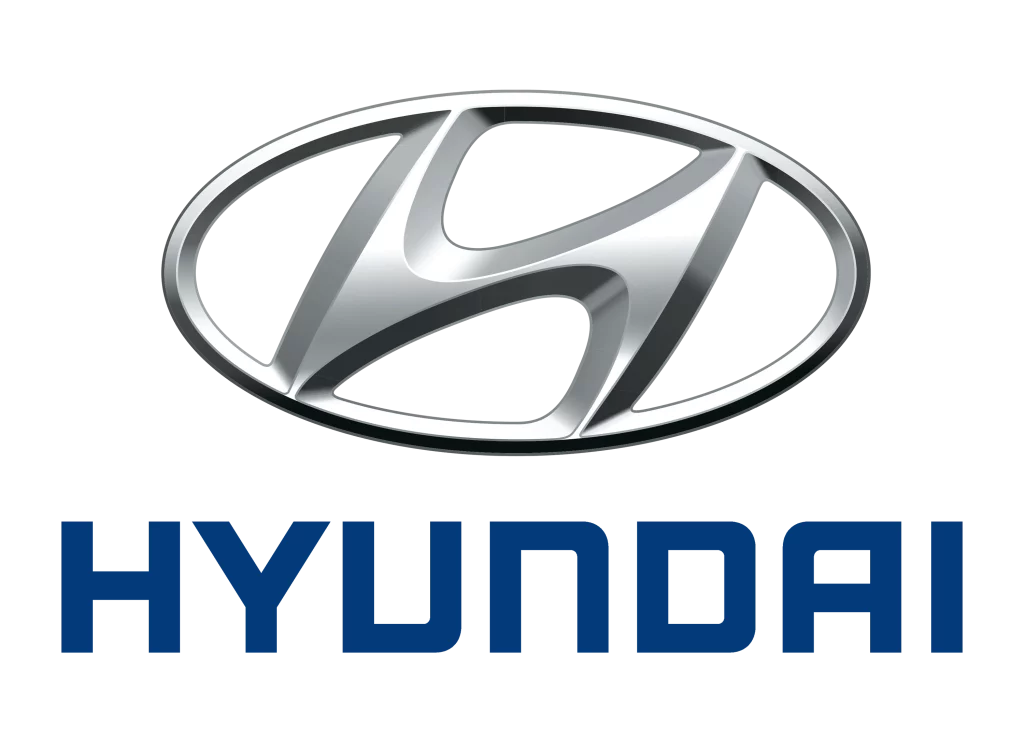Mitsubishi logo

The Mitsubishi logo, which features three red diamonds, represents the company’s roots in the coal mining industry. The three diamonds symbolize the three-part water chestnut family crest of the company’s founder, Yataro Iwasaki. The logo has evolved over the years, but the three diamonds have remained a constant element, representing the company’s history and commitment to innovation.
Mitsubishi Brand Overview
1870
Yatarō Iwasaki
Tokyo, Japan
Mitsubishi Motors Corporation is a Japanese automotive manufacturer headquartered in Tokyo, Japan. It is one of the many subsidiaries of the Mitsubishi Group and has been in operation since 1870. Mitsubishi is known for producing a wide range of vehicles including sedans, SUVs, pickup trucks, and electric cars. The company has a strong focus on technology and innovation, and is dedicated to creating vehicles that are environmentally friendly and sustainable.
Mitsubishi’s history in the automotive industry dates back to 1917, when it produced its first passenger car, the Mitsubishi Model A. However, it wasn’t until the 1960s and 70s that the company began to focus on exporting cars to the United States and other markets. The Mitsubishi brand became popular in the 1980s and 90s with the introduction of the Lancer, Galant, and Eclipse models.
One of Mitsubishi’s key innovations has been the development of electric and hybrid vehicles. In fact, the company’s first electric car, the i-MiEV, was introduced in 2009 and became one of the first mass-produced electric cars in the world. Mitsubishi has also been at the forefront of developing plug-in hybrid electric vehicles (PHEVs), with models like the Outlander PHEV and the Eclipse Cross PHEV.
In recent years, Mitsubishi has faced some challenges, including a scandal involving fuel economy data manipulation in 2016. However, the company has remained committed to its core values of innovation and sustainability, and has continued to produce high-quality vehicles that appeal to a wide range of customers around the world.
Today, Mitsubishi is one of the leading automotive manufacturers in Asia and has a strong presence in markets around the world. The company’s focus on technology and sustainability has helped it to remain competitive in a rapidly changing industry, and it is poised for continued success in the years ahead.
Mitsubishi History
Mitsubishi is a Japanese multinational conglomerate known for its wide range of products, from electronics to automobiles. The company has a rich history that spans over a century and has gone through several transformations to become the brand that it is today.
The origins of Mitsubishi can be traced back to 1870 when the company was founded by Yataro Iwasaki as a shipping company. The company quickly expanded into other areas such as coal mining, banking, and trading, and by the turn of the 20th century, it had become one of Japan’s largest industrial conglomerates.
Mitsubishi’s involvement in the automotive industry began in 1917 when it produced its first car, the Model-A. However, it was not until the 1950s that the company began to focus on producing passenger cars on a large scale. In 1954, Mitsubishi launched its first mass-produced car, the Mitsubishi 500, which was a compact car that quickly gained popularity in Japan.
Over the years, Mitsubishi has produced a wide range of cars, including sedans, sports cars, and SUVs. Some of the company’s most popular models include the Lancer, Pajero, and Outlander. Mitsubishi has also been involved in motorsports, with its cars participating in events such as the Dakar Rally and the World Rally Championship.
One of the most significant events in Mitsubishi’s history was its partnership with Chrysler in the 1970s. The two companies collaborated to produce a range of cars, including the Dodge Colt and the Mitsubishi Galant Lambda. The partnership continued for several years and helped both companies to expand their reach in the global market.
In recent years, Mitsubishi has faced several challenges, including financial difficulties and a decline in sales. However, the company has continued to innovate and has introduced several new models, including electric and hybrid vehicles. In 2016, Mitsubishi joined the Renault-Nissan-Mitsubishi Alliance, a partnership that aims to enhance cooperation between the three companies and improve their competitiveness in the global market.
In conclusion, Mitsubishi is a company with a rich history and a diverse range of products. The company has faced challenges over the years, but it has continued to innovate and adapt to changing market conditions. With its focus on electric and hybrid vehicles, Mitsubishi is well-positioned to take advantage of the growing demand for sustainable transportation solutions in the years to come.










